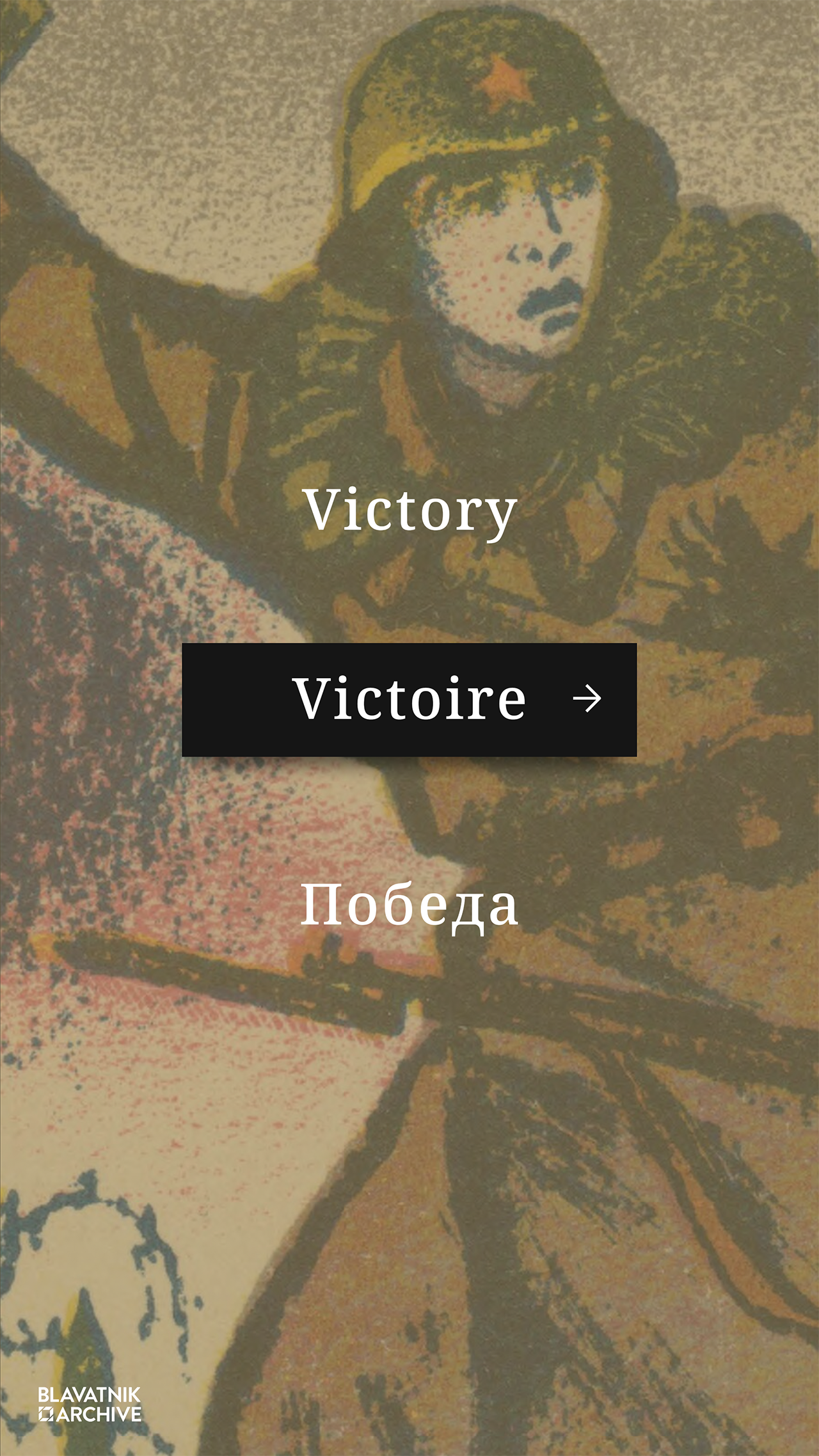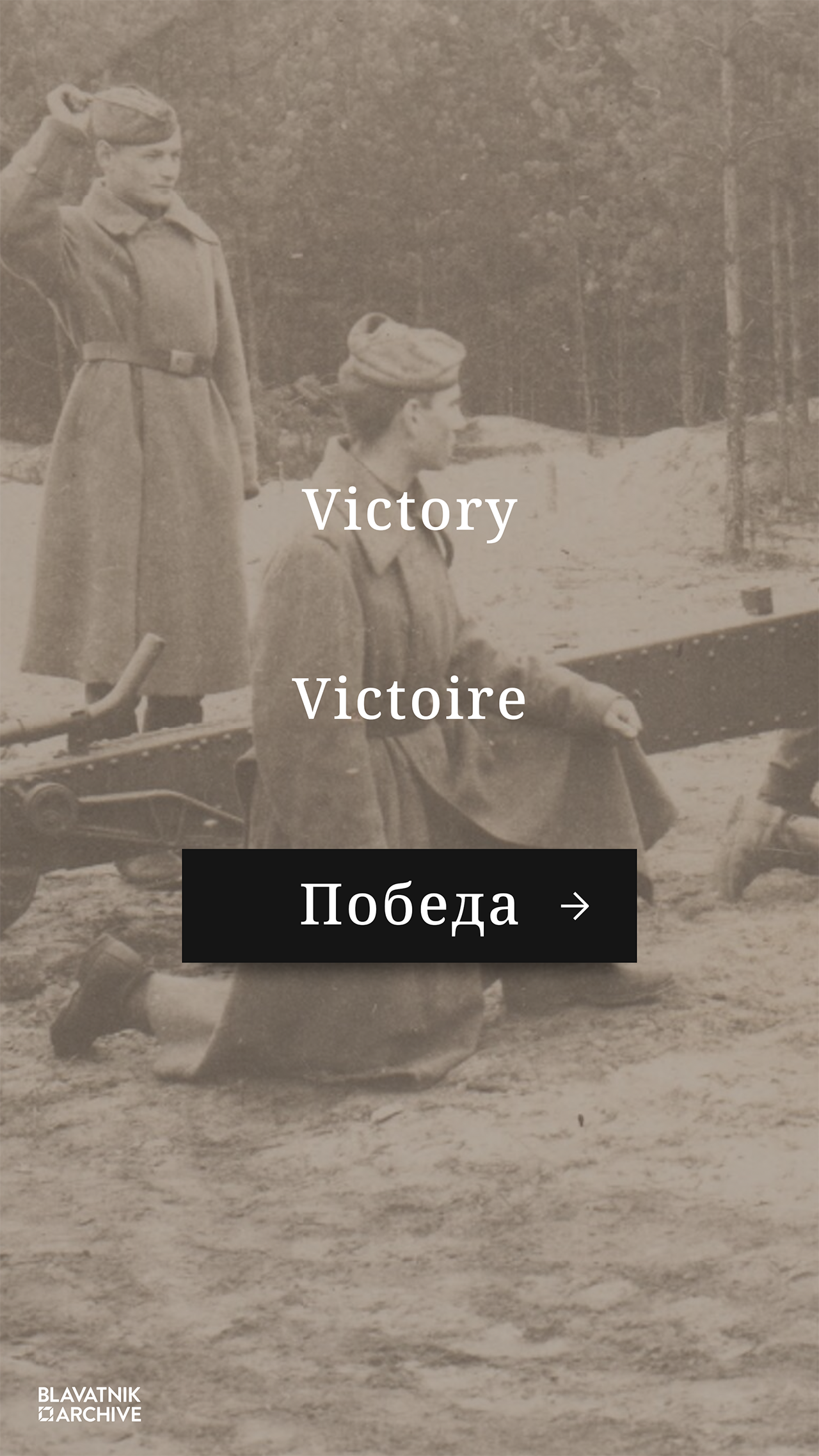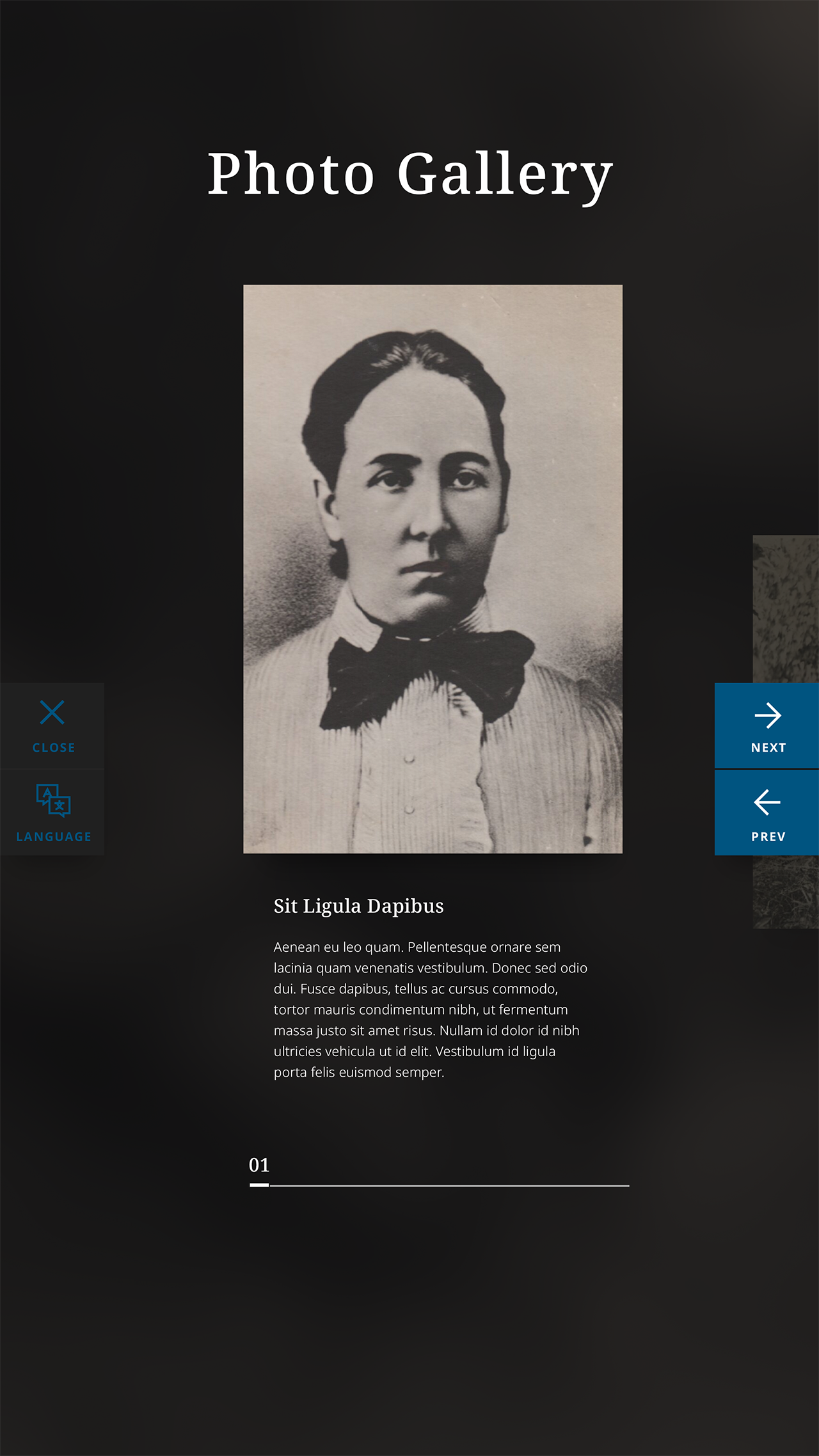Road To Victory: Soviet Jews in WWII
The Blavatnik Archive Foundation,
New York, NY
Exhibit Travel
[Premiered] Paris (Jan-Apr)
[Cancelled] Following Destination: Israel (May-Aug)
[Postponed] Upcoming Destination: Berlin (Sep-Oct)
Exhibit destinations were impacted by COVID-19.
Roles
Lead User Experience / User Interactive Designer
Cartography and Infographic Designer
Content Management & Project Coordination
Tech + Industry
(8) World Traveling, Multilingual Exhibits
55” 4K UltraHD Kiosk Vertically Oriented Kiosks
History
Overview
The Blavatnik Archive Foundation sought Ideum to create an immersive traveling exhibit featuring eight Ideum Kiosk Portraits and custom software to tell the stories of the servicemen and women in World War II.
Custom software designed with multilingual support and on-the-fly language switching. English, French, German, Hebrew, and Italian were a few of the initial languages offered in the exhibits. Eight kiosks feature large-scale imagery, media galleries, historical stories, soldier correspondences, personal diaries, letters with interactive annotations, and a veteran commemoration.
Visitors can explore rare artifacts and watch heartfelt and emotive interviews of soldiers as they tell compelling stories of their time and role during the war. The interactives were designed in Corrales, NM, but traveled to Paris for their opening reception. They are destined for Berlin and Jerusalem shortly. Many design challenges had to be taken into consideration for optimum engagement of multicultural communities.





Challenges
• World-traveling, multilingual, vertically mounted kiosk form factor
• Multilingual support for both user interface and content
• Understanding of cartography, the recreation of old maps
• Working with archival databases with various attributions, resolutions, and subject matter.
Solutions
• Worked with development on implementing a CSV structured content management system that allows multi-language translations to happen live for both the user interface and the content.
• Historical diaries of soldiers and their path of travel were supplied in small resolution and needed to be recreated. The maps were designed using Google Map APIs and third-party plugins for mapping and logistics, then referenced in Illustrator to match the aesthetics of the interactive. In addition to the maps, infographics were used to visualize the values of men and women working in departments, their location during combat, and military awards awarded. Each graphic also needed multi-language translations.
• Designing for a 55-inch vertically mounted kiosk posed various challenges, like User Interface placement for accessibility, creative use of vertical space with historical imagery, and providing a visual language to establish menu hierarchies and expected multitouch user behaviors.




















What I love about this project
This project had many unique challenges, but it exposed me to the multicultural engagement of technology. We needed a process that would help us keep content management and curation during the creation process when multiple parties were involved. I pioneered the usage of Asana and self-taught myself and the team to use it during the process. This implementation led to a successful pipeline between the client and our team, which led us to refine versioning and actionable targets to reach milestones.
DISCLAIMER:Photographs are copyright of their respective groups and owners and used here to illustrate ideas or physicality of digital products and experiences. Work displayed here may have been completed in collaboration with individuals and businesses. 
